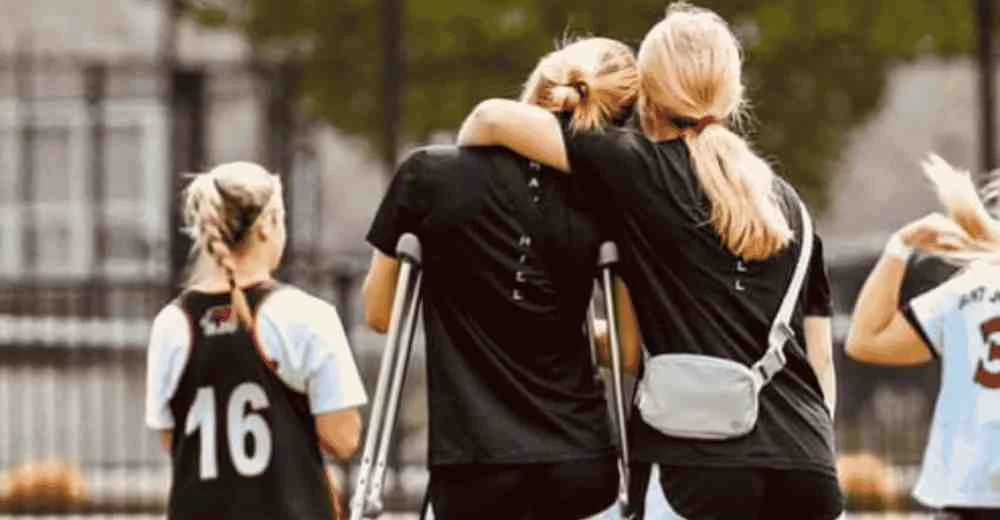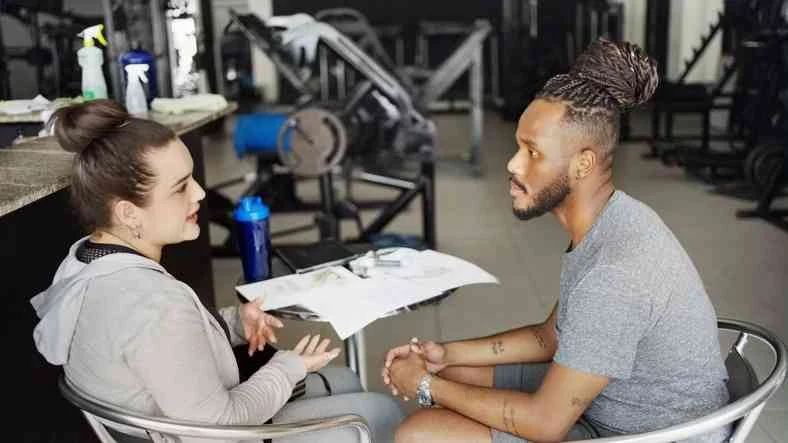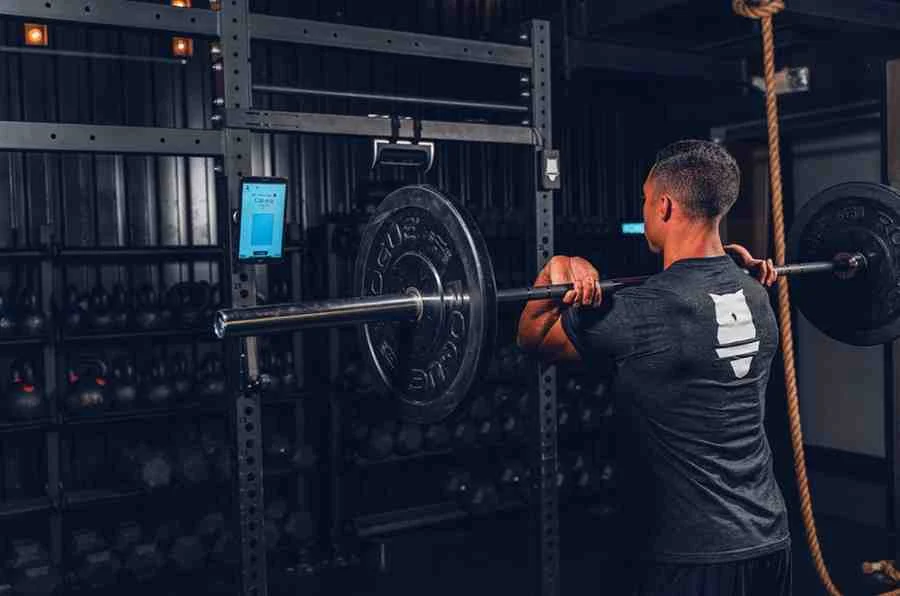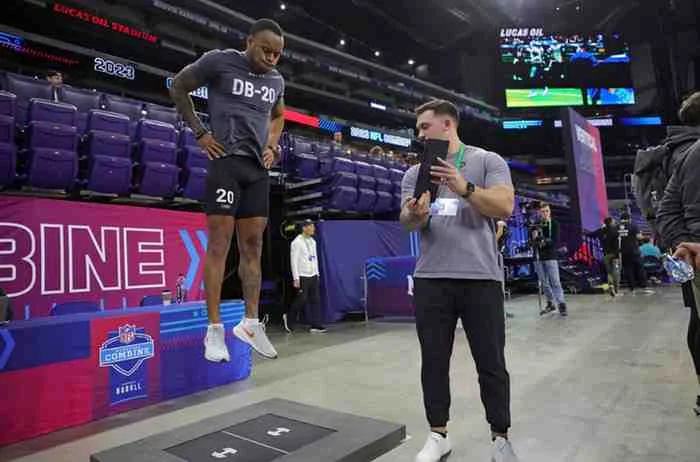Introduction
Dealing with an injury can be one of the most isolating experiences for an athlete. Some injuries take longer than others to recover from, like an Achilles or ACL tear. When faced with these injuries, athletes deal with time away from the game – along with time away from teammates, coaches, and the shared identity that comes with it.
Of course, it’s difficult for an athlete to go through a serious injury. But, it can also pose new challenges for the athlete’s support system, including coaches.
As a coach, having an injured athlete on your team poses a different type of challenge as they are now tasked with keeping the athlete included without disrupting the flow of practices and games. Not to mention, return to sport timelines are their own separate battle.
While physical recovery is the most visible part of the process, the emotional and psychological support athletes receive during rehab can make or break their long-term success. And of course, not every coach is well-versed in sports psychology. So, how can coaches support injured athletes dealing with debilitating injuries?
While physical recovery is the most visible part of the process, the emotional and psychological support athletes receive during rehab can make or break their long-term success, says Kelsey Kryger Share on XHow to Deal With the Mental Side of an Injury
In a previous article, I covered the consequences of rushing your ACL rehab and 7 Tips to Successfully Return to Sport. In this article, I want to help you take on the mental battle of rehab.Step one is to acknowledge and understand that injuries can have a significant impact on an athlete’s mental health. Everyone’s tolerance for these situations varies, but many athletes struggle with their temporary loss of activity in some regard.
Physical rehab is often front and center in an athlete’s recovery, but mental health struggles can quietly accompany the healing process—and often go unaddressed. In fact, one study found that 40% of athletes who undergo an ACL surgery—a notoriously long rehab process—experience clinically diagnosable depression.
This is not just frustration or a temporary dip in mood; it’s a real and prevalent mental health issue that can derail progress if not acknowledged. Some of the most prominent struggles athletes face are a loss of identity, community, and their “athletic body,” Stephanie Allen, D.P.T, O.C.S., of ACL Resolve, tells Simplifaster.
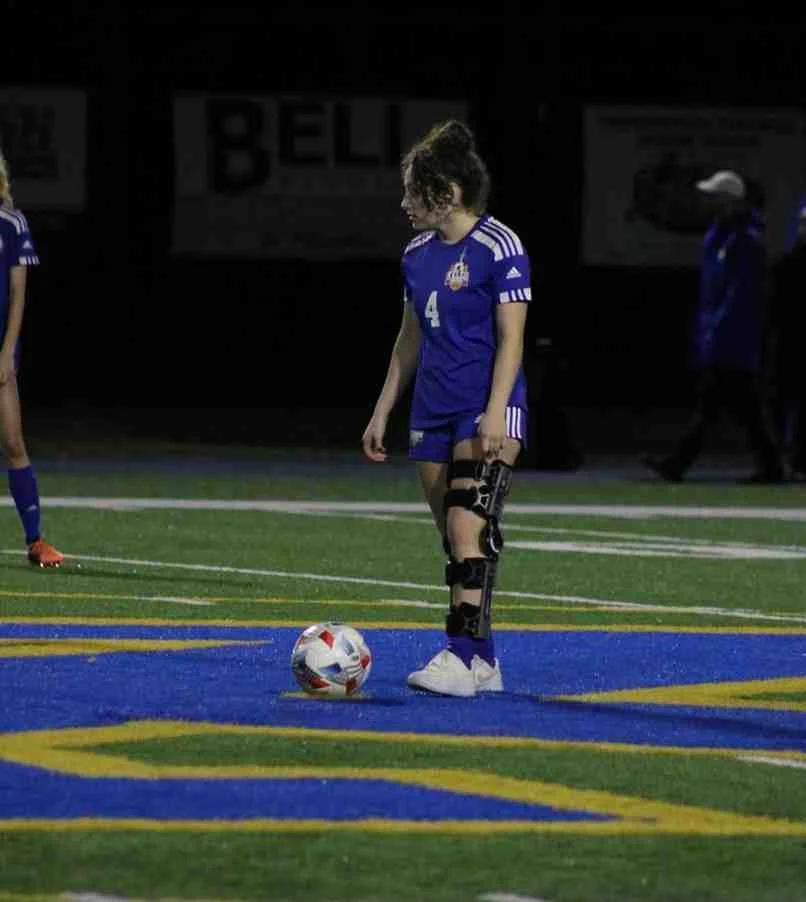
Image: Women’s Soccer Player Back on the Field After Successfully Recovering from an Injury
“They can no longer move or perform as they are used to being able to, and questions of whether or not they will ever be able to perform at the same level again will start to pop into their minds,” Allen says. “They may miss practices, events, or gatherings due to rehab or just not being able to participate, which can really bring on a sense of isolation and like they are in this alone.”
The physical setbacks that come with an injury also result in an inevitable activity shift. Intense training schedules turn into slowed rehab sessions and less time moving.
“When their body starts to feel different in the early stages of rehab post surgery—as it should and will since it is healing and that is priority—that can be super disconcerting for some athletes and it can result in some mental issues regarding food and dieting,” Allen adds.
It’s important to check in and ask how an athlete is feeling at all stages of rehab. If an athlete feels comfortable opening up about these struggles, simply creating a safe and trusting space while validating their feelings can go a long way.
On the flipside, if there is a drop in communication, decreased adherence to training or rehab, mood shifts, and verbalized uncertainty about returning to their sport – this could be a sign that there’s a deeper struggle going on.
The emotional impact of losing one’s physical autonomy, daily routines, and sense of identity as an athlete can create the perfect storm for anxiety, depression, or even disordered eating. This is why early intervention and open dialogue matter. Coaches don’t need to be experts in psychology, but recognizing the risks and creating a safe space for athletes to talk can be a vital part of the healing process.
One study found that 40% of athletes who undergo an ACL surgery experience clinically diagnosable depression, says Kelsey Kryger Share on XHow to Keep Athletes Involved While Injured
For longtime athletes of team sports, there is a serious feeling of loss that comes with no longer being able to lace up and go to work side-by-side with their teammates. Teams become like family, and in such an isolating process, an injured athlete wants to know they’re not forgotten.
Luckily, there are tons of ways that coaches can keep injured athletes involved without risking further injury. From a non-activity standpoint, consider recruiting the athlete to take on some type of leadership role or helping plan team events.
As the NFHS notes, behind-the-scenes assignments can help alleviate the depression that may accompany a season-ending injury, especially if they reflect the athlete’s interests and skills.
Coaches might also offer roles like student coach, team statistician, practice filmer, or athletic training assistant. For example, if the team uses a drone to record practice footage, an athlete could take on that responsibility. These types of contributions reinforce that they’re still a valued member of the program.
However, it’s important to offer choices, not chores. If an athlete is only assigned repetitive tasks like setting up cones or cleaning up gear, they may interpret that as a punishment for being injured. Giving them a level of autonomy and sense of purpose in how they stay involved not only supports mental health, but also moves them toward the acceptance stage of their injury process.
When an athlete feels seen, supported, and purposeful—even while sidelined—they’re more likely to engage with recovery enthusiastically and maintain their identity within the team. And keeping them in a good mental state isn’t just important for return to play, managing stress and emotions are also important factors for keeping them healthy once they’re back. Coaches should take the time to ask: “What role would you enjoy playing while you heal?
Coaches can also help athletes set short-term goals, which can help keep them engaged throughout a long rehab process.
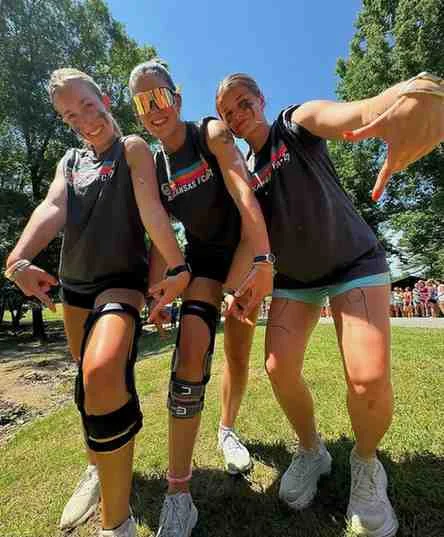
Image: Three Women’s Soccer Players Returning to Play After Going Through an Injury Rehabilitation
“The end result is known—return to sport after injury—but depending on the severity of the injury, it can be easy for the athlete to lose motivation because the end feels so far away. I try to focus them on constant achievement and reaching for that next milestone. I often work in 4-week increments, but that goal can be session to session when they are really in the weeds and need their wins regularly defined,” says Akil Pigott, D.P.T., A.C.S.M., of ACL Care Pro.
From an activity standpoint, don’t be afraid to get the athlete moving in different ways. Early in the rehab process, this can look like adding cardio finishers that won’t negatively affect their injury. For example, for someone who’s undergone ACL surgery, they could do medicine ball slams.
“In the middle and later stages, I love to have the athlete participate in as much of a practice as is safe. That often involves limiting things like reactive drills and changes of direction, but allowing them to participate in all warm-ups, structured drills, and straight line conditioning,” Allen says. Later in the rehab, it’s also important to get them used to reading and reacting to other players, not just stationary cones.
Communicate with an Athlete’s Physical Therapist
Finally, it’s important that coaches and physical therapists are on the same page as an athlete works to return to sport.
From a physical therapist’s point of view, Pigott says that one of the biggest problems is a lack of communication between the two parties—beyond an acknowledgement that rehab is nearing completion and maybe a ramp back into activity should occur.
“I’ve commonly seen the rehabbing athlete become a middleman to relay messages from physical therapist to coach or coach to physical therapist,” he says. “I think the best solution is direct communication.”
Consider reaching out to the athlete’s physical therapist to promote a direct line of communication and respect for the role they are playing in the process. Whether it looks like a text message, phone call, or email, it can make a difference in the athlete’s comeback process.
“Time is always a barrier, but an update does not need to be complicated. Alternatively, everyone’s time is wasted when the athlete’s support system is not on the same page,” Pigott says.
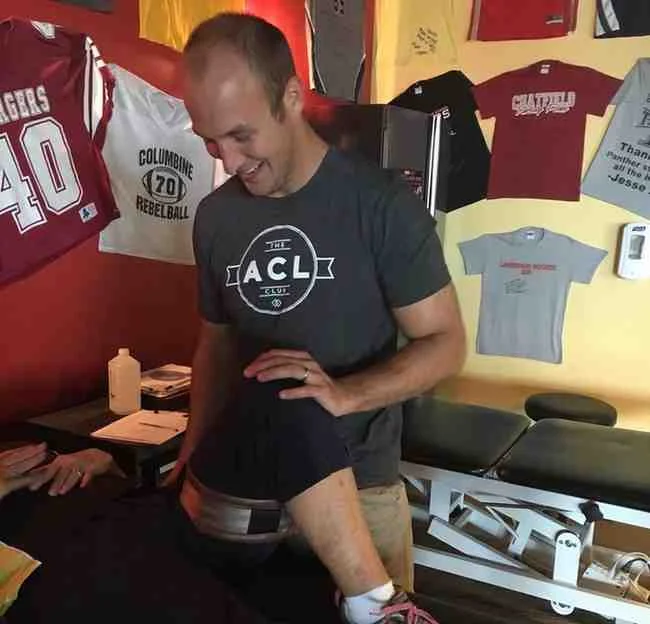
Image: Physical Therapist Working with a Female Athlete as She Recovers from a Knee Injury
Coaches and physical therapists are both members of an athlete’s support system and “comeback team,” so to speak. The physical therapist has many patients, but how many injured players do you have on your team as a coach? Being on a united front can show the athlete how valued they are as a member of the team. Take the initiative.
There are several things you can ask the physical therapist. First, if you’re not familiar with the athlete’s injury, seek out a digestible explanation of their injury and what it typically looks like.
“Expectations should be set early and revisited often—including that every rehab process is unique to each person and is not linear. There will be ups and downs, and it is recommended to play the long game,” Allen says.
Simply doing a Google search of average return-to-sport timelines for the athlete’s respective injury won’t do much since everyone is different. Ask the physical therapist what their game plan is for regaining the strength they need to get back on the pitch.
“This should include what milestones they need to hit before moving onto the next phase and how those milestones will be assessed. It is also often really helpful to explain why those particular tests are being used and what exactly they are telling us about their readiness,” Allen explains.
Throughout the process, remind the athlete that the mental side of this rehab is equally as hard as the physical. When they are frustrated or discouraged, acknowledge that they are not only safe to bring those things up, but encourage it, too. Burying those thoughts can negatively impact the physical side of recovery if not addressed. Returning from injury is a difficult process for any athlete, but applying the tools presented in this article will allow you and your team to rally around them as a unified front.
References
Allen, Stephanie. Personal communication, July 2025.
Carroll, Mike. “Ways to Keep Injured Athletes Involved in Program.” NFHS, September 13, 2023. https://nfhs.org/stories/ways-to-keep-injured-athletes-involved-in-program
Pigott, Akil. Personal communication, July 2025.
Wu, Hao-Hua, Max Liu, Joshua S. Dines, John D. Kelly, and Grant H. Garcia. “Depression and psychiatric disease associated with outcomes after anterior cruciate ligament reconstruction.” World Journal of Orthopedics 7, no. 11 (November 18, 2016): 709–717. https://doi.org/10.5312/wjo.v7.i11.709.

